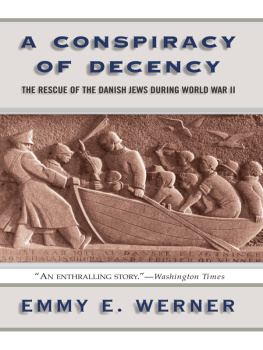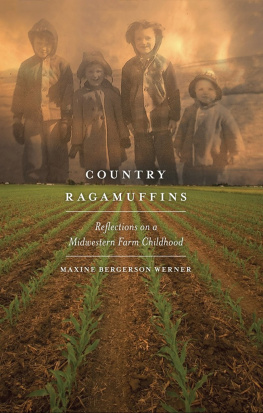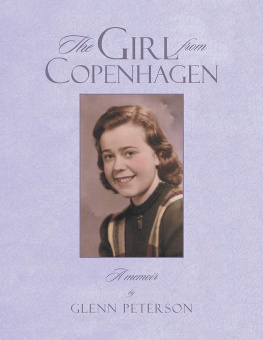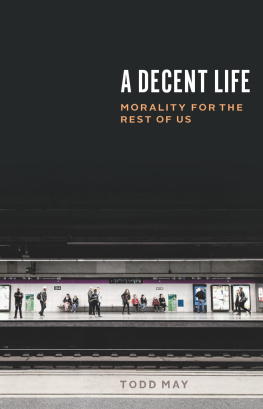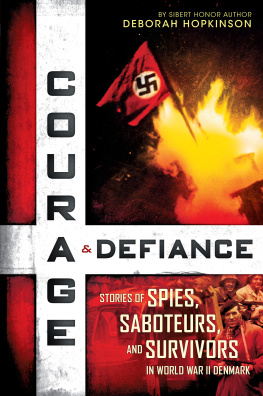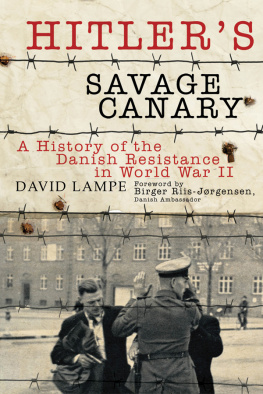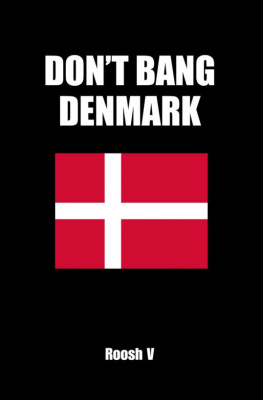All rights reserved. Printed in the United States of America. No part of this publication may be reproduced or transmitted in any form or by any means, electronic or mechanical, including photocopy, recording, or any information storage and retrieval system, without permission in writing from the publisher.
Westview Press books are available at special discounts for bulk purchases in the United States by corporations, institutions, and other organizations. For more information, please contact the Special Markets Department at the Perseus Books Group, 11 Cambridge Center, Cambridge MA 02142, or call (617) 252-5298.
Published in 2002 in the United States of America by Westview Press, 5500 Central Avenue, Boulder, Colorado 803012877, and in the United Kingdom by Westview Press, 12 Hids Copse Road, Cumnor Hill, Oxford OX2 9JJ
A Cataloging-in-Publication data record for this book is available from the Library of Congress.
ISBN 0-8133-3906-5
eBook ISBN: 9780786746699
The paper used in this publication meets the requirements of the American National Standard for Permanence of Paper for Printed Library Materials Z39.481984.
Cover photo: Relief by sculptor Harald Isenstein honoring the rescue of the Danish Jews.Town Hall of Helsingborg, Sweden. (Courtesy of K. E. Ander, photographer)
Acknowledgments
For this book I relied on the help of many people of good will from five different countries. It was indeed a conspiracy of decency that made it possible for me to locate persons, photos and documents in Denmark, Sweden, Germany, Israel, and the United States. My thanks for their generous assistance go the following individuals:
In Denmark
Mogen Adelson, Isak Berkowitz, Jette Borenhoff, Dan Edelsten, Leon Feder, Ulf Haxen, Anita Melchior, Bent Melchior, Hanne Meyer, Ove Nathan, Kirsten Meyer Nielsen, Henning Oppenheim, Allan Philip, Herdis Rosenbaum, John Saietz, Fini and Hanne Schulsinger, and Freddie and Silja Vainer, who shared their experiences during and after World War II.
Also, Eva-Maria Jansson, Center for Orientalia and Judaica, Royal Library, Copenhagen; Charlotte Lang, Jdisk Pdagogik Center, Carolineskolen, Copenhagen; Olof Lidin, Professor Emeritus, University of Copenhagen; Henrik Lundbak, Assistant Curator, The Museum of Danish Resistance, Copenhagen; Jan Nielsen, Archivist, Rigsarkivet, Copenhagen; Mrs. Inger Meilstrup Olsen, Copenhagen; and Lone J. Runitz, Researcher, Danish Center for Holocaust and Genocide Studies, Copenhagen.
In Sweden
In Sweden K. Erik Ander, photographer, Helsingborg; Marianne Cederblad, Professor Emeritus, University of Lund; Rolf Kjellman, Consul, Royal Danish Consulate, Helsingborg; and Hanne Trautner-Kromann, Jewish Studies, University of Lund.
In Germany
Hanna Duckwitz, Winsen/Aller; D. Doringhoff, Bundesarchiv-Militrarchiv, Freiburg im Breisgau; and Elisabeth and Hans Strubelt, Bremen.
In Israel
Shaul Ferrero, the Holocaust Martyrs and Heroes Remembrance Authority; and Dr. Mordecai Paldiel, Department of the Righteous Among Nations, Yad Vashem, Jerusalem.
In the United States
Phyllis B. Bishof, Librarian, University of California, Berkeley; Carole Blair, University of California, Davis; Karen Cantor, Washington, D.C.; Barney Cohen, Archivist, Holocaust Center of Northern California, San Francisco; Paul Victor Ghysels, Berkeley, California; Anne Ipsen-Goldman, University of Minnesota, Minneapolis; Marilyn Ibach, Reference Specialist, Prints and Photograph Division, Library of Congress, Washington, D.C.; Mette Shayne, Chicago; Christopher Sims, United States Holocaust Memorial Museum, Washington, D.C.; Ulla Thomsen, Novato, California; and of course, my husband, Stanley Jacobsen, Berkeley, California.Thanks also to Rob Williams, Steve Catalano, and Barbara Greer at Westview Press as well as to Marian Safran for all their help along the way.
Emmy E.Werner
Prologue
T he people of Denmark, a small country at the northern tip of the European mainland, managed to save almost their entire Jewish population from extinction in a spontaneous act of moral courage that has no equal in the history of World War II. I would like to tell the story of the rescue of the Danish Jews from the vantage point of eyewitnesses, both Gentiles and Jews. Most of these eyewitness were children and teenagers at the time. Today, they are among the last survivors of an extraordinary conspiracy of decency that took place in the midst of the horrors of the Holocaust and World War II.
This book chronicles the acts of people of goodwill from several nationalities. Among them was Georg F. Duckwitz, the German shipping expert who warned the leading Danish politicians of the German plans for a forced deportation of the Jews; members of the German navy who placed their ships in dry dock, so that Danish fishing boats with their Jewish cargo could pass unharmed across the resund; teenage members of the Danish resistance movement and Danish policemen who assisted in the rescue and in the armed struggle of the underground, and physicians and Red Cross workers who looked after the Jewish children and their families after they found refuge in neutral Sweden.
opens with the invasion of Denmark by German troops on April 9, 1940, and chronicles the slow but steady growth of passive resistance and individual acts of defiance by the Danes against the occupation forces in 1941 and 1942. The eyewitness accounts are those of grade school children from Copenhagen and provincial towns in Jutland and on the isle of Funen (Fyn).The chapter includes an account of the first organized acts of sabotage by members of the Churchill Clubeleven teenage boys from Aalborgwho were arrested, tried, and jailed in the spring of 1942. It ends with the imposition of martial law by the German occupiers and the resignation of the Danish government in August 1943.
deals with the events set in motion after the representative of the German Reich, Werner Best, sent a telegram to Berlin on September 8, 1943, requesting police support for the arrest and deportation of the Danish Jews. Georg Duckwitz, the German maritime expert, when told about the telegram, flew to Berlin and made an unsuccessful attempt to intercept the fateful message before it reached Hitler. On September 28, when informed about the date of the pending deportation, Duckwitz passed on the news to leading members of the Danish parliament and to the Swedish ambassador in Copenhagen.

